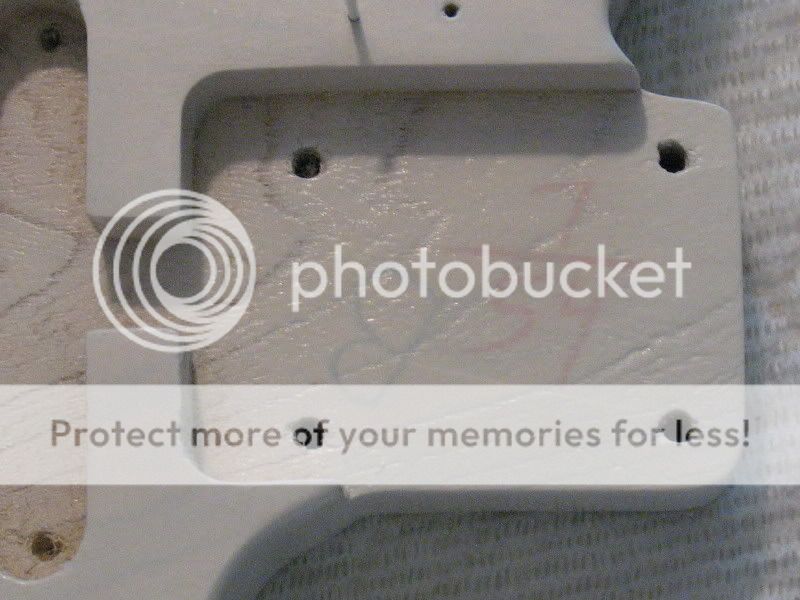Another thing thats a big turn off for poly for me is that I spray like one or two guitar a year... poly is a little harder to set the equipment for as well as application since you need to mix them, load the gun, and they have some specific windows as well. It's a pain if you're doing one guitar because you'd do one coat then take forever to clean the gun out, and you need to clean it well because once poly dries its non-removable. This makes more sense in a production environment where they can mix a big batch for the day then keep using the gun throughout the day and take half an hour at the end of the shift to clean it. Lacquer is much more forgiving when it comes to cleaning. I know lacquer does need better surface prep though since the lacquer will shrink forever. Maybe I can use poly as a sealer coat (brushed on) then sand it flat to give me a base that won't shrink over time (more useful on open grained wood)




